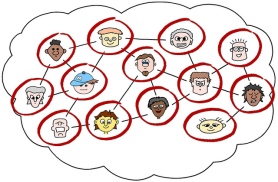
Image by Jurgen Appelo on Flickr (https://www.flickr.com/photos/jurgenappelo/679725279), shared under Creative Commons Attribution license https://creativecommons.org/licenses/by/2.0/
Cross-posted from my post on Social Work Synergy
I’m often asked how I stay current on new developments and trends that affect our profession. I use multiple strategies, but my most robust strategy is the professional/personal learning network (PLN) that I’ve developed online. Simply stated, PLNs employ, within an online environment, the same strategy that professionals have used for centuries: connect to people who share interests and with whom you can share useful information. Only now, these people could be in my city or on the other side of the world. The advantage of an online PLN is that it you can access it almost anytime, and it draws from a variety of sources: blogs, e-letters, interest communities (e.g., Facebook or LinkedIn groups, Google+ communities, Twitter chats), listservs, and various other social media platforms.
A true story from a UB colleague, Dr. Phillip Glick, illustrates the power of PLNs. One of his medical residents contacted him in the middle of the night, concerned about a child’s non-response to emergency treatment. Seeking to advise the resident on what might help, Dr. Glick immediately searched Medline, an online database of biomedical articles, but he was unable to find anything useful. Next, Dr. Glick reached out to his Twitter network (using general statements, so as to not disclose protected health information). A few hours later, he had a suggestion from a doctor in Sweden who was writing up a series of similar cases – that suggestion saved the child’s life. What’s important to highlight is that Dr. Glick had already done the work, prior to the crisis, to build a trusted, professional learning network on that social media platform. How lucky for that child and family that they had a physician who was globally-connected.
Beyond staying abreast of new developments and providing opportunities for consultation, PLNs can open up opportunities for collaboration; for example, I’m writing a book with two social work academic colleagues who are part of my PLN – I met and came to know them well through social work conversations on Twitter and the Google+ Social Work and Technology Community.
You usually will see PLNs described as Personal Learning Networks. The term comes from the educational technology learning communities and has its origins in Connectivism, a learning theory developed by George Siemens to fit the network-based learning that occurs in the digital age. However, in social work the word “personal” can raise some concerns for clinical social workers who are especially sensitive to the need to keep boundaries between their personal and professional personas. For this reason, when I first introduce PLNs I use the word Professional, not Personal, and then later then I explain the origins and more general use of the term Personal in this context.
Want to learn more about PLNs? Some resources are listed below. However, honestly, it’s hard to understand them from just reading about them – the best way to learn is to get started, observe what others are doing, and then to reach out to others with questions and comments.
Resources on PLNs
Crowley, B. (2014, December 31). 3 Steps for Building a Professional Learning Network – Education Week. Teacher. Retrieved from http://www.edweek.org/tm/articles/2014/12/31/3-steps-for-building-a-professional-learning.html
A good introduction to PLNs. While it’s targeted at teachers, it conveys the general strategy very well. The post also includes some excellent advice around not overwhelming yourself in the process of doing this.
Graffin, M. (n.d.). Step 1: What is a PLN? – Teacher Challenges. Retrieved July 28, 2016, from https://teacherchallenge.edublogs.org/pln-challenge-1-what-the-heck-is-a-pln/
A good overview of PLNs that was created for teachers; it includes helpful graphics and videos. Pay special attention to the right sidebar menu, because there are links to many other posts that will be helpful to someone who wants to develop a PLN.
Hitchcock, L. (2015, July 1). Personal Learning Networks for Social Workers. Retrieved from http://www.laureliversonhitchcock.org/2015/07/01/personal-learning-networks-for-social-workers/
A great introduction to the topic for social workers. She suggests some starting places, and shares links to good resources, including an introductory video that we developed here at the University at Buffalo School of Social Work.
Kanter, B. (2012, January 26). Peeragogy: Self Organized Peer Learning in Networks | Beth’s Blog. Retrieved July 29, 2016, from http://www.bethkanter.org/peeragogy/
A more advanced read for people who like to glimpse the “big picture,” in this case, higher level peer-to-peer learning projects. Mentioned here is the work of Howard Rheingold, the man who is credited with first coining the term “virtual community.”
Michaeli, D. (2015, November 15). Personal Learning Network Twitter Cheat Sheet. Retrieved July 29, 2016, from http://www.socialwork.career/2015/11/personal-learning-network-twitter-cheat-sheet.html
A focused, how-to guide for social workers to using Twitter to develop a PLN. Presents a great visual overview through an infographic (i.e., visual display of information).
Richardson, W., & Mancabelli, R. (2012). Personal Learning Networks: Using the Power of Connections to Transform Education (3rd edition). Bloomington, IN: Solution Tree Press.
Although this is a book targeting educators, it is an excellent overview of networked learning, and the need for all schools to move to this new learning model. The authors start by focusing on the need for teachers to develop their own PLNs and to become networked learners, before they can move this model into their classrooms. Most of the book then focuses on developing networked classrooms and schools, including policy issues that come into play.
Note: some of the content from this article appeared in the dean’s column in the Fall 2016 issue of Mosaics, the magazine of the University at Buffalo School of Social Work
If you have comments that you would like to share, please leave them on my post on Social Work Synergy, so that all the comments are in one place.
Nancy J. Smyth is the Dean of the School of Social Work, University at Buffalo, State University of New York
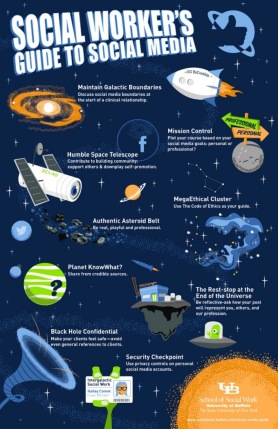
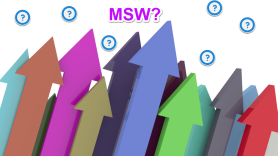
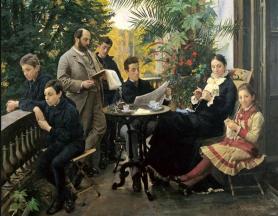


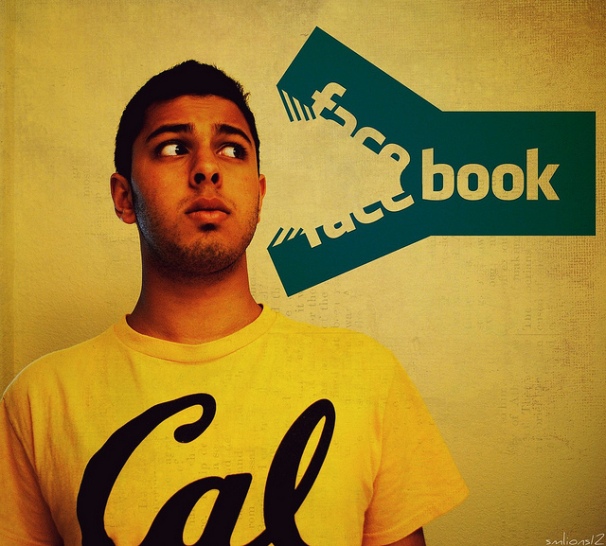


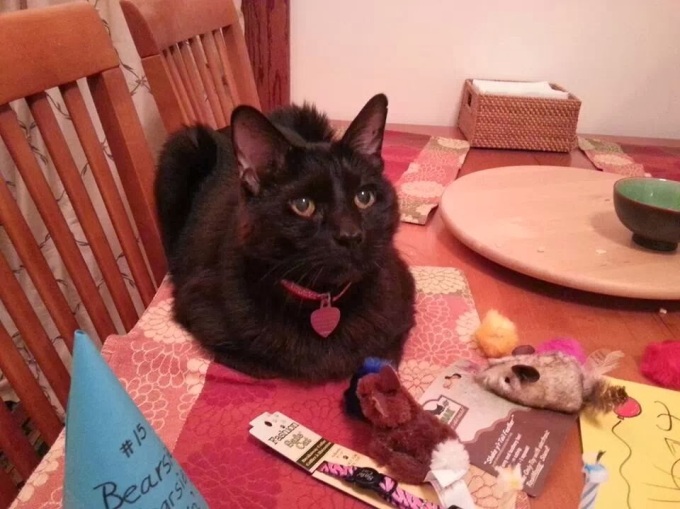
You must be logged in to post a comment.